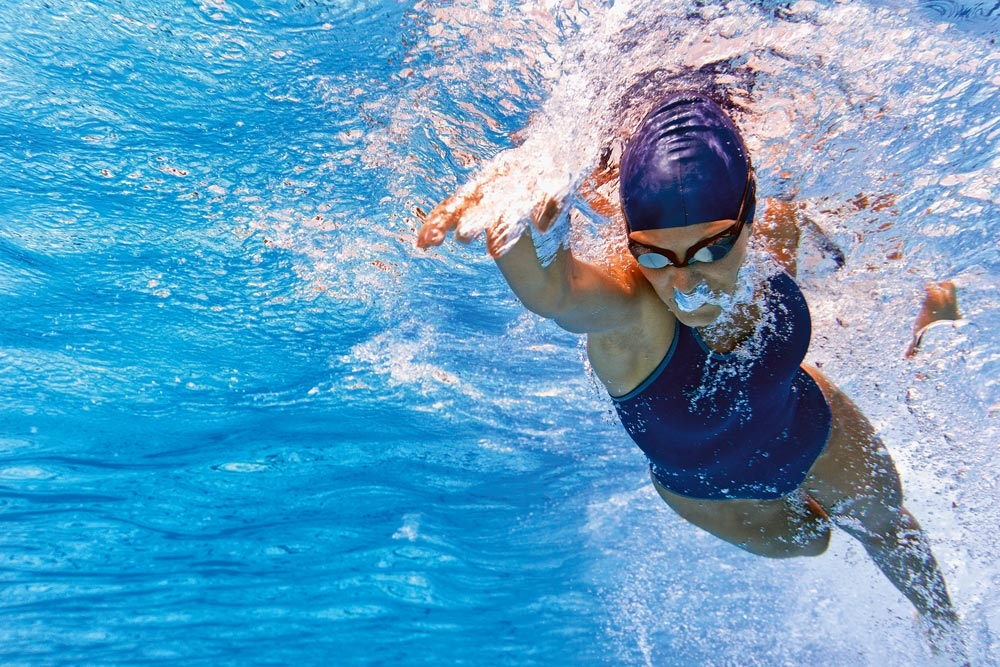Swimming is arguably the most popular competition in the Olympics. Spectators are attracted by the variety of styles and distances. But in betting, swimming is not in demand. Only a few bookmakers accept bets. Tournaments are not held as often as in team sports, so bettors do not consider swimming as a mainstream sport. First, let’s take a closer look at swimming, and then we’ll look at the betting strategy and figure out how to make a bet correctly.

Significant tournaments
The Olympic Games are organized every 4 years and are considered the most prestigious competitions. World Championship – held every 2 years (odd numbered). In the new millennium, the first three positions in the overall medal standings were shared by 4 countries – the USA, China, Russia and Australia.
European Aquatics Championships – held every 2 years (even). The strongest swimmers of the continent participate in the tournament. Most often, the winners are representatives of Germany, Russia and Hungary. Athletes from France, the Netherlands, Italy and Great Britain perform at a high level.
At the Olympics and World Championships, 10,000 meter open water heats are held for men and women.The calendar of the listed tournaments is structured in such a way that at least one of them is held annually. Other competitions are rarely found in the line of bookmakers.
Swimming styles
- Freestyle – any methods are applied that are allowed to alternate during the course of the race. It is forbidden to completely immerse in water during a turn and no further than 15 meters after the start and each turn. Now athletes prefer crawling.
- Backstroke – used to swim with an inverted breaststroke, but then switched to crawl. A noticeable difference in the discipline – the start is made from the pool backwards.
- Breaststroke – became a separate species at the 1904 Olympics. Then a high-speed variety appeared – the butterfly, which eventually turned out to be the main one.
- Complex swimming – the same lengths of distance are covered by the following styles: butterfly, backstroke, breaststroke and freestyle.
- Combined relay – stages are overcome on the back, breaststroke, butterfly and freestyle (any method except the first three).
Types of bets
The most common bet is on the winner of the swim. From the list of participants, you need to choose who will win the race, or predict whether a certain swimmer can or can not be able to come to the finish line first.
You can also bet on whether the athlete will take a certain place. Most often, will he be able to get into the TOP-3 (places from 1 to 3) or win a medal (you need to finish in the top three in the final).
A popular outcome is to compare swimmers. It is usually necessary to predict which of the two athletes can take the higher position (which can show the best time). Sometimes bookmakers accept rates on new world records, overall medal results, and so on. Swimming rates are not bad.
Event Analysis
Young talents are able to show a good time, but they may not be psychologically prepared, which is why they often fail. Experienced swimmers in good physical condition and mentally prepared for major tournaments. But gambling on those who are ending their careers should be done with extreme caution. Participants try to surprise at last and leave with dignity. Failures should not be expected – a person is mentally stable and well prepared at the age of 30, but he cannot compete with talented youth.
Analyze your schedule. When a swimmer participates in many competitions, fatigue can build up. It will be more difficult to show the usual time. This factor applies to insignificant tournaments. For the world and European championships and the Olympics, athletes have been preparing for years, so they calculate everything in advance to the smallest detail.
